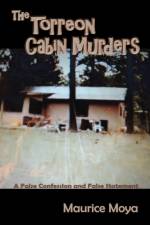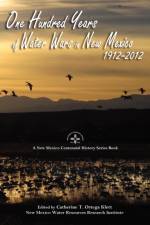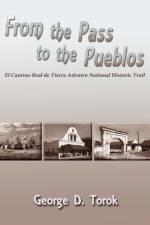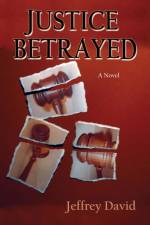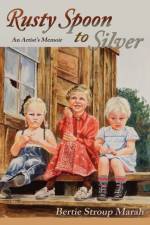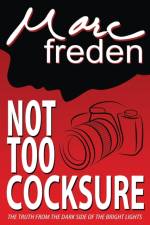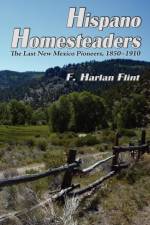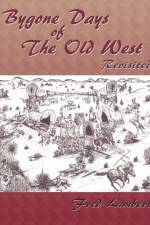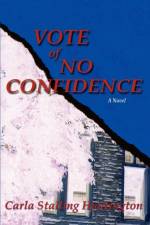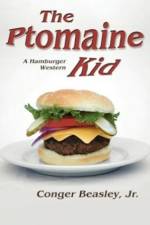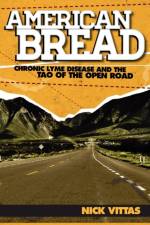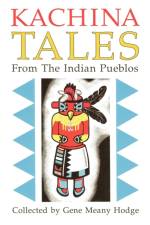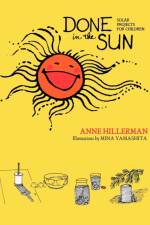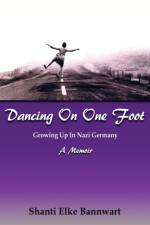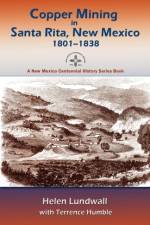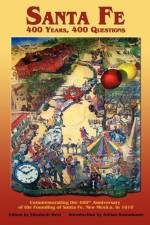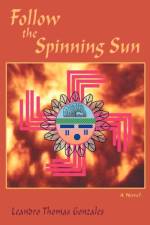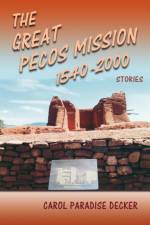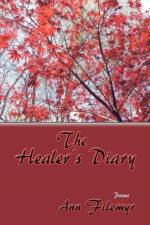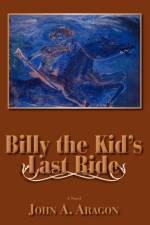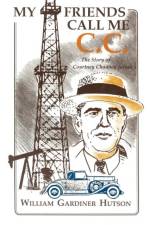av George D Torok
419
El Camino Real de Tierra Adentro, the Royal Road of the Interior, was a 1,600-mile braid of trails that led from Mexico City, in the center of New Spain, to the provincial capital of New Mexico on the edge of the empire''s northern frontier. The Royal Road served as a lifeline for the colonial system from its founding in 1598 until the last days of Spanish rule in the 1810s. Throughout the Mexican and American Territorial periods, the Camino Real expanded, becoming part of a larger continental and international transportation system and, until the trail was replaced by railroads in the late nineteenth century, functioned as the main pathway for conquest, migration, settlement, commerce, and culture in today''s American Southwest. More than 400 miles of the original trail lie within the United States today, and stretch from present-day San Elizario, Texas to Santa Fe, New Mexico. This segment comprises El Camino Real de Tierra Adentro National Historic Trail. It was added to the United States National Trail System in 2000 and is still in use today. This book guides the reader along the trail with histories and overviews of places in New Mexico, West Texas and the Ciudad Juárez area. It includes a broad overview of the trail''s history from 1598 until the arrival of the railroads in the 1880s, and describes the communities, landscape, archaeology, architecture, and public interpretation of this historic transportation corridor. GEORGE D. TOROK completed a PhD in history at the State University of New York at Buffalo in 1991, and is a history professor at El Paso Community College. Since 1999, he has worked with the United States National Park Service, the Bureau of Land Management, and countless regional agencies and associations to organize events, develop interpretive sites, and promote a greater public awareness of El Camino Real. In 2003, he served as the Camino Real de Tierra Adentro Trail Association''s first president. He has written numerous articles and a guidebook to historic Appalachian mining towns.



